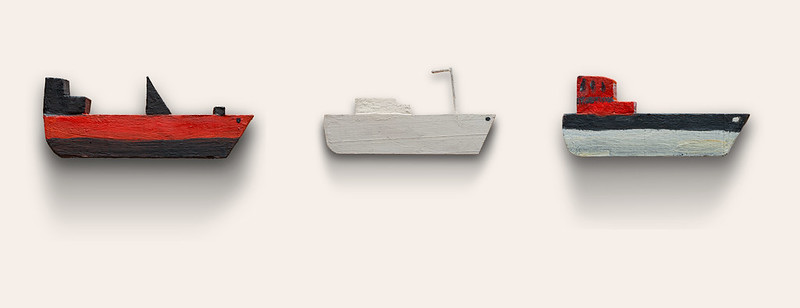The influence of games and toys in the arts world
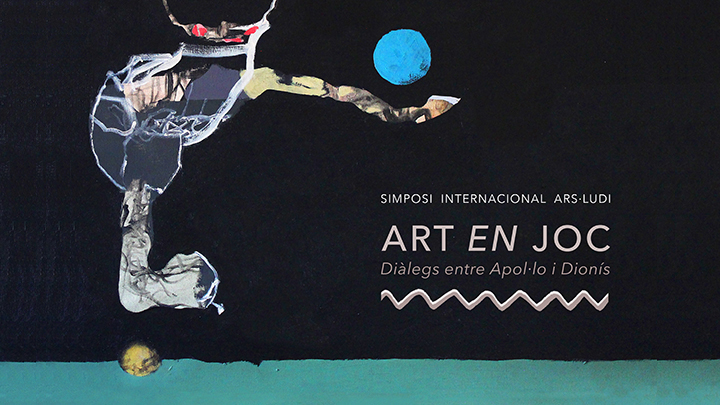
News
|
Culture
|
Divulgation
(22/01/2024)
From 24 to 26 January, the Sala Mauri of the Picasso Museum in Barcelona (Carrer Montcada, 21) will host the international symposium “Art at Play: Dialogues between Apolo and Dionysus”, coordinated by the lecturers of the Faculty of Fine Arts and the Faculty of Geography and History of the University of Barcelona Oriol Vaz-Romero and Esther Alsina, the principal researchers of the project ARSLUDI. Playful artifacts in the arts and design during the 19th and 20th centuries in Catalonia.

News
|
Culture
|
Divulgation
22/01/2024
From 24 to 26 January, the Sala Mauri of the Picasso Museum in Barcelona (Carrer Montcada, 21) will host the international symposium “Art at Play: Dialogues between Apolo and Dionysus”, coordinated by the lecturers of the Faculty of Fine Arts and the Faculty of Geography and History of the University of Barcelona Oriol Vaz-Romero and Esther Alsina, the principal researchers of the project ARSLUDI. Playful artifacts in the arts and design during the 19th and 20th centuries in Catalonia.
The symposium opening will include the attendance of the director of the Picasso Museum, Emmanuel Guigon; the vice-rector for Culture, Memory and Heritage, Agustí Alcoberro; the dean of the Faculty of Fine Arts, Dolors Tapias, and the directors of ARSLUDI.
The symposium will include five thematic tables, with the participation of international experts that will talk about the frontier between arts and games in the 20th century and artists’ toys in Europe, Spain and Catalonia.
ARSLUDI is a project funded by the UB’s Vice-rector’s Office of Research in 2022 and 2023, formed by a team of art historians, philosophers, visual artists, designers and experts on pedagogy and the material culture of childhood. It aims to study the trace of toys and playful artifacts that were designed, made and represented by active visual artists in Catalonia during the past 150 years, in order to reinterpret them from a renewed plastic perspective thanks to the expertise of sculptors, painters, and designers in ARSLUDI, lecturers and students of the UB’s Faculty of Fine Arts. The research team was inspired by the initiative carried out by the painter Johannes Itten (1888-1967) in the Bauhaus School in Weimar between 1921 and 1924. Itten encouraged the instructors and students of the school to work around the making of toys and the integration of children’s games in industrial production under the motto “Our game, our party, our work”.
The researchers have explored the collections of local, regional and national museums as well as libraries and private collections which still have artists’ toys, playful sculptures and paintings that show game scenes and children’s toys, as well as allegorical figures with playful artifacts.
Among the best-known toys are those by Joaquín Torres-García, Pablo Picasso, Josep Palau Oller and the Chinese shadow puppets drawn in 1897 by Ramon Casas for the Els Quatre Gats circle of friends in Barcelona. There are also articulated figures cut out and mechanized by Josep Meifrèn, brother of the painter Eliseu Meifrèn. In addition, visitors will be able to see an unpublished exhibition of toys and playful prototypes made by the artists of ARSLUDI.
The symposium will include five thematic tables, with the participation of international experts that will talk about the frontier between arts and games in the 20th century and artists’ toys in Europe, Spain and Catalonia.
ARSLUDI is a project funded by the UB’s Vice-rector’s Office of Research in 2022 and 2023, formed by a team of art historians, philosophers, visual artists, designers and experts on pedagogy and the material culture of childhood. It aims to study the trace of toys and playful artifacts that were designed, made and represented by active visual artists in Catalonia during the past 150 years, in order to reinterpret them from a renewed plastic perspective thanks to the expertise of sculptors, painters, and designers in ARSLUDI, lecturers and students of the UB’s Faculty of Fine Arts. The research team was inspired by the initiative carried out by the painter Johannes Itten (1888-1967) in the Bauhaus School in Weimar between 1921 and 1924. Itten encouraged the instructors and students of the school to work around the making of toys and the integration of children’s games in industrial production under the motto “Our game, our party, our work”.
The researchers have explored the collections of local, regional and national museums as well as libraries and private collections which still have artists’ toys, playful sculptures and paintings that show game scenes and children’s toys, as well as allegorical figures with playful artifacts.
Among the best-known toys are those by Joaquín Torres-García, Pablo Picasso, Josep Palau Oller and the Chinese shadow puppets drawn in 1897 by Ramon Casas for the Els Quatre Gats circle of friends in Barcelona. There are also articulated figures cut out and mechanized by Josep Meifrèn, brother of the painter Eliseu Meifrèn. In addition, visitors will be able to see an unpublished exhibition of toys and playful prototypes made by the artists of ARSLUDI.
Multimedia gallery
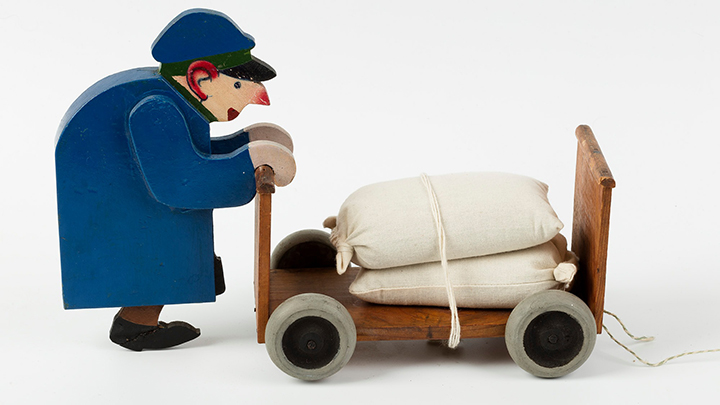
Pablo Picasso, Ciril·lo, (1916-1917), painted wood and fabric, 21 x 13 x 31 cm.
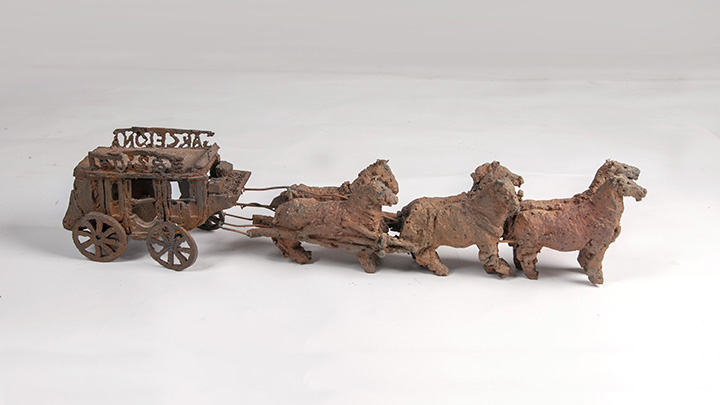
Jaime de Córdoba Benedicto, Homenatge a John Ford, 2023, ferro fos, 22 x 70 x 15,5 cm.
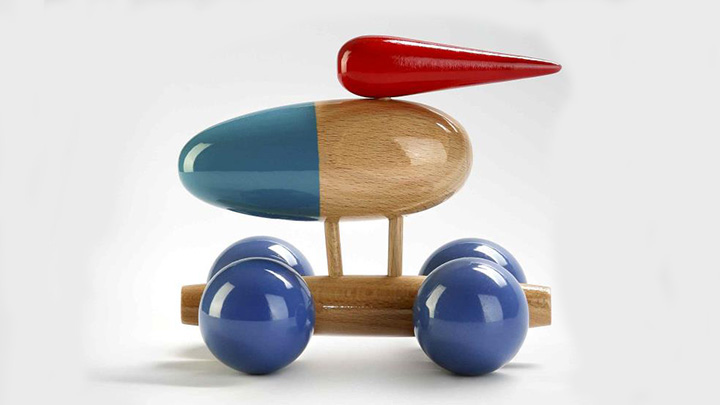
Daniel Nebot, Drag Duck Noaín, Valle de Elorz (1992), wood, rubber, cloth, 12 x 10 x 13 cm.
Flickr
The influence of games and toys in the arts world
The Ars Ludi research group has studied the relationship between art and games in the 20th century.

